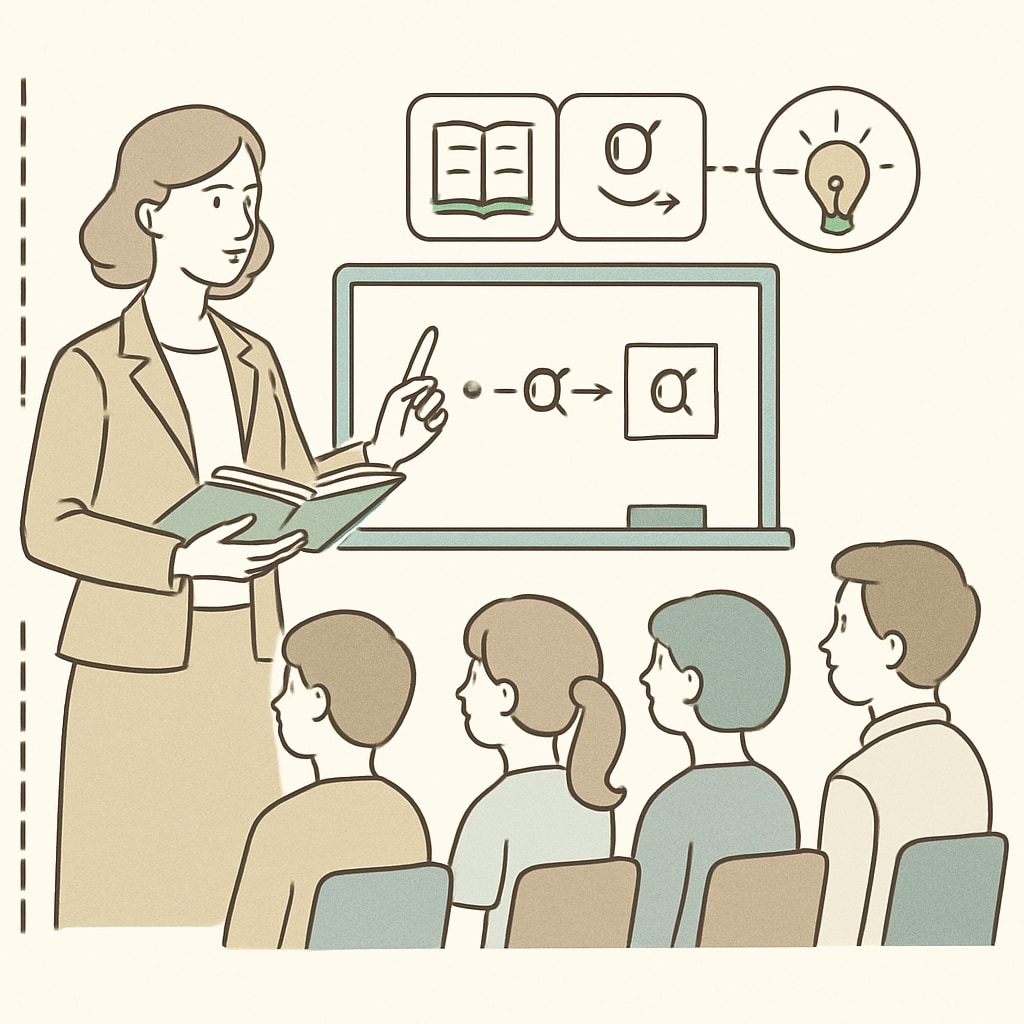In K-12 education, the choice between learning methods—structured learning and self-directed learning—can be a significant challenge for educators and parents. Structured learning offers a systematic approach, while self-directed learning promotes independence. Understanding their strengths, weaknesses, and appropriate applications is crucial in creating a balanced educational experience.
The Strengths and Weaknesses of Structured Learning
Structured learning, also known as traditional or teacher-led learning, is built around a predefined curriculum and schedule. This method often includes clear objectives, consistent assessments, and teacher guidance. It is especially effective in ensuring foundational knowledge is uniformly delivered to all students.
However, this approach can sometimes limit creativity and critical thinking, as it emphasizes adherence to a set structure. For students who require flexibility or have unique learning styles, structured learning might feel rigid or restrictive.

Exploring the Benefits of Self-Directed Learning
Self-directed learning (SDL) encourages students to take the lead in their educational journey. This method allows learners to explore topics of interest at their own pace, fostering intrinsic motivation and lifelong learning skills. It is particularly effective for students with high levels of curiosity and self-discipline.
However, SDL comes with its own challenges. Not all students are equipped with the skills or motivation needed to manage their time and learning independently. Additionally, without proper guidance, gaps in foundational knowledge can occur, especially in subjects requiring sequential understanding, such as mathematics.

Finding the Balance: Integrating Both Approaches
A comprehensive K-12 education often requires a balance between structured and self-directed learning. Here are some practical strategies for integration:
- Blended Learning: Combine teacher-led instruction with independent projects. For example, use structured lessons for core subjects and allow self-directed exploration in creative or elective areas.
- Scaffolding: Provide initial structure and gradually reduce support as students develop self-directed learning skills, fostering both independence and accountability.
- Technology Integration: Utilize educational platforms that offer customization, enabling students to follow a structured curriculum while exploring topics of interest at their own pace.
By leveraging the strengths of both approaches, educators can cater to diverse learning needs and prepare students for future academic and professional challenges.
Tailoring the Approach Based on Student Needs
Effective implementation of both learning methods requires an understanding of individual student characteristics. For younger students or those who struggle with self-management, structured learning provides the necessary foundation. Conversely, older or more advanced learners may thrive with greater autonomy.
Additionally, aligning the approach with specific learning objectives is essential. For instance, structured methods may be better for mastering technical skills, while self-directed approaches can enhance creativity and problem-solving.
In the end, the key lies in flexibility and adaptability. Educators should continuously assess and adjust their strategies to ensure that each student receives a tailored learning experience.
Striking a balance between structured and self-directed learning is an ongoing process. By understanding the unique needs of students and the goals of education, we can create a more inclusive and effective learning environment.
Learning theory on Wikipedia and Education overview on Britannica offer further insights into these methods and their impact.
Readability guidance: Use short paragraphs and lists to summarize key points; ensure a mix of transition words for smooth flow; maintain a balance between structured detail and engaging examples.


